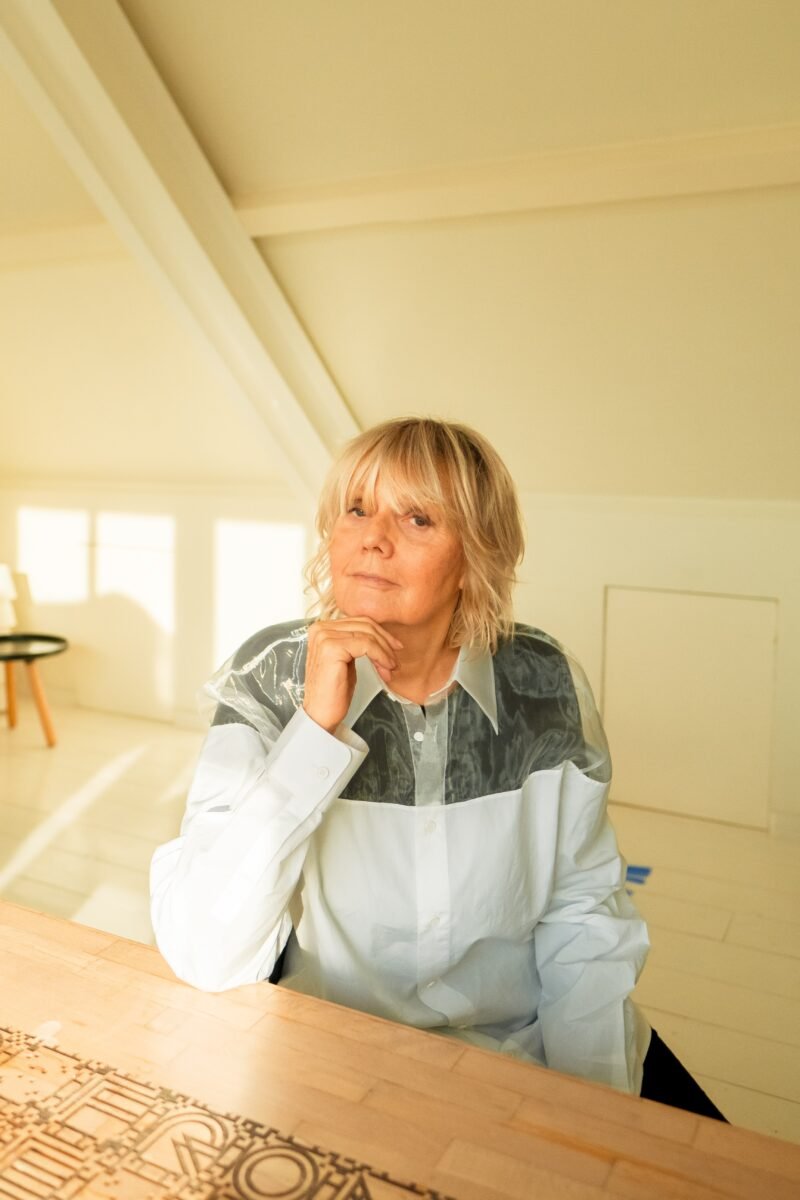Amsterdam’s Homeless Go Cashless
Amsterdam is pioneering a new way to donate to the homeless: a jacket with a built-in wireless payment device.
Those who want to give will make a payment of €1 that goes towards either a meal, overnight-housing or a bath. The winter jacket with an incorporated wireless debit device ‘pinjas’ can go a long way, as charitable giving becomes as simple as tapping your card for payment at the store, with the added value of humanly contact and exchange, that might make this coat feel even warmer.

The system ensures that the charity is well spent and that at the end of the day, partnering institutions allocate the money to essentials: food, housing and self-care. From the giver’s perspective it reduces biases that might hinder donations, as well as fears that their good intentions might encourage someone’s bad habits. Furthermore, from the homeless perspective, especially the elderly or those victim to sudden homelessness (in the rapidly changing socio-economic landscape since 2009) often deal with anxieties surrounding begging for money. Those fears could, as well, be diminished with the help of this technology.
The innovative idea came from Carsten van Berkel and Stefan Leendertse of advertising agency N=5. The designer of the jacket, Jan Jesse Bakker, says the model is inspired by a society that is becoming increasingly cashless, as well as people’s uncertainty to where the physical donation might end up. The bank ABN AMRO provides the infrastructure that allows for shelters to exchange the accumulated contributions into overnight fees (of usually €5/night), and add any extra income earned to a fund for a more permanent housing option, such as an apartment.
With altruism having been linked with happiness and personal satisfaction, the personal “Thank you” note that accompanies the donation on the giver’s bank statement is a reminder of the power of giving and reciprocity. As charity still lives by antiquated rules, this device might not only put the “I have no cash on me” excuse to shame, but could also provide interesting social and economic research on giving.



